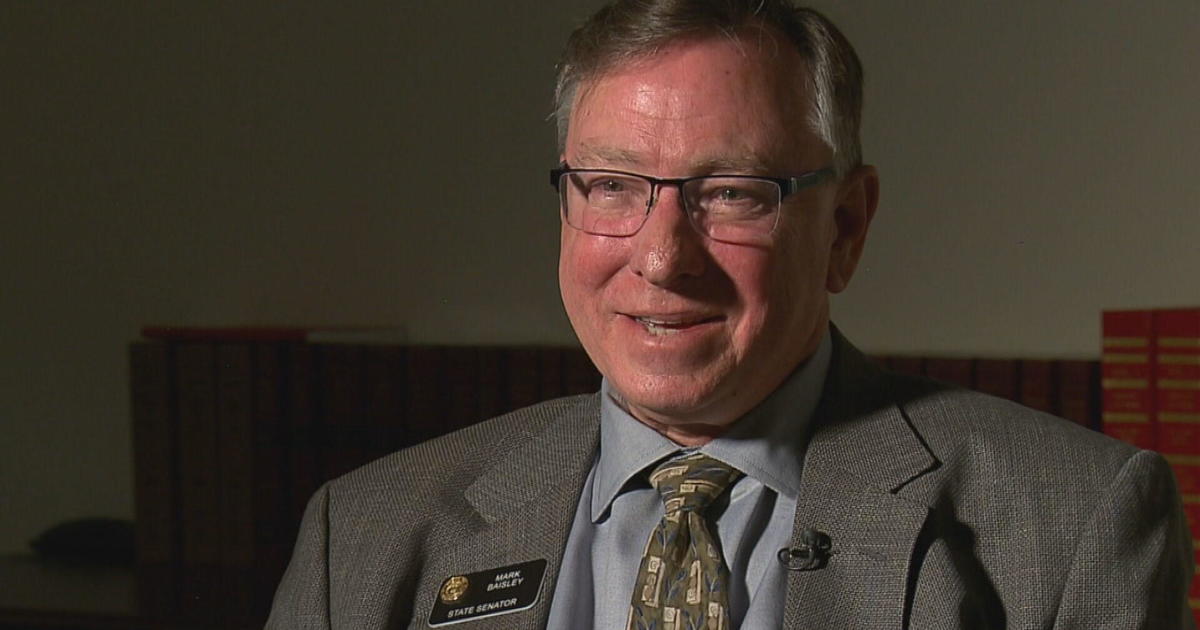The Decision Of Angelina Jolie
 More and more women are having preventative mastectomies done when they are found to be carrying genes that cause their risk of cancer to jump.
More and more women are having preventative mastectomies done when they are found to be carrying genes that cause their risk of cancer to jump.
In the case of Angelina Jolie, she announced that she carries what is called a "BRCA" gene -- one that increases her risk of breast cancer. As a result, she decided at age 37 to have both of her breasts removed, and then have surgical reconstruction.
Jolie's mother died of ovarian cancer at the age of 56, and she has other relatives who have also developed cancer at an early age. So what is this gene testing all about? And what does this mean to you?
Frankly, it really is an issue of odds and percentages ... and something called B-R-C-A (which stands for breast cancer). BRCA is a gene that actually protects us from developing cancer. And although this group of genes is commonly associated with breast and ovarian cancer, it actually protects women and men from a wide range of cancers, all the way from colon to prostate cancer. But if there is a mutation, or problem with these genes, you lose some of the protection, and your risk of cancer jumps.
About 1 in 500 women carry a mutated gene (but not all will get cancer -- see below).
Let's take a look at breast cancer. The average lifetime risk for the disease is 12%. With a bad BRCA gene that risk can jump to 87%. (Meaning, by the time you are 70 years old, you have a 87% chance you will have breast cancer). The average lifetime risk of ovarian cancer is 1.5%. With an abnormal BRCA gene, that number jumps to 40%. The test for these genes are not too complicated -- a simple blood test or a mouth swab. The results take several weeks to get back.
RELATED: Angelina Jolie's Mastectomy Decision Mirrored Colorado Woman's
One problem: some insurance companies do not pay for this $4,000 test. Another issue: the big picture of getting the results. A lot of counseling and thoughtfulness needs to go into knowing the answer.
Who might have testing done?
Strong family history is the big factor. You should consider it if you have two more first degree relatives with early breast cancer. Early means age 50 or younger. First degree means mother or sister No. 2 -- combination of three of more first and second degree relatives -- meaning mother, sister, aunts, grandmother No. 3 -- any family history of male breast cancer.
There are others who should consider it as well. The list is below.
Now it is important to understand that if you test positive you aren't automatically going to get cancer. Plus if you do have a preventative mastectomy, 5-10 percent of women will still go on to develop cancer, say, in the armpit.
Finally, surgery is not the only option. Some women with the gene choose extra vigilance with mammograms and MRIs. Others take tamoxifen or other hormones to lessen the risk. There is no absolute right or wrong way to work with having abnormal genes.
And here's one final stat for you: 95 percent of women who get breast cancer do not have this gene. Get your screening done. Please.
------------------------
Here are some guidelines:
- For women who are not of Ashkenazi Jewish descent:
- two first-degree relatives (mother, daughter, or sister) diagnosed with breast cancer, one of whom was diagnosed at age 50 or younger;
- three or more first-degree or second-degree (grandmother or aunt) relatives diagnosed with breast cancer regardless of their age at diagnosis;
- a combination of first- and second-degree relatives diagnosed with breast cancer and ovarian cancer (one cancer type per person);
- a first-degree relative with cancer diagnosed in both breasts (bilateral breast cancer);
- a combination of two or more first- or second-degree relatives diagnosed with ovarian cancer regardless of age at diagnosis;
- a first- or second-degree relative diagnosed with both breast and ovarian cancer regardless of age at diagnosis; and
- breast cancer diagnosed in a male relative.
- For women of Ashkenazi Jewish descent:
- any first-degree relative diagnosed with breast or ovarian cancer; and
- two second-degree relatives on the same side of the family diagnosed with breast or ovarian cancer.
These family history patterns apply to about 2 percent of adult women in the general population. Women who have none of these family history patterns have a low probability of having a harmful BRCA1 or BRCA2 mutation.



